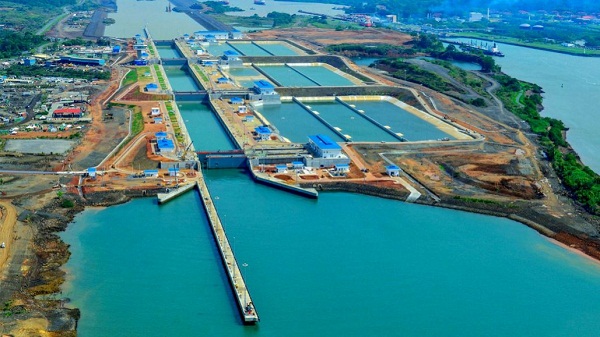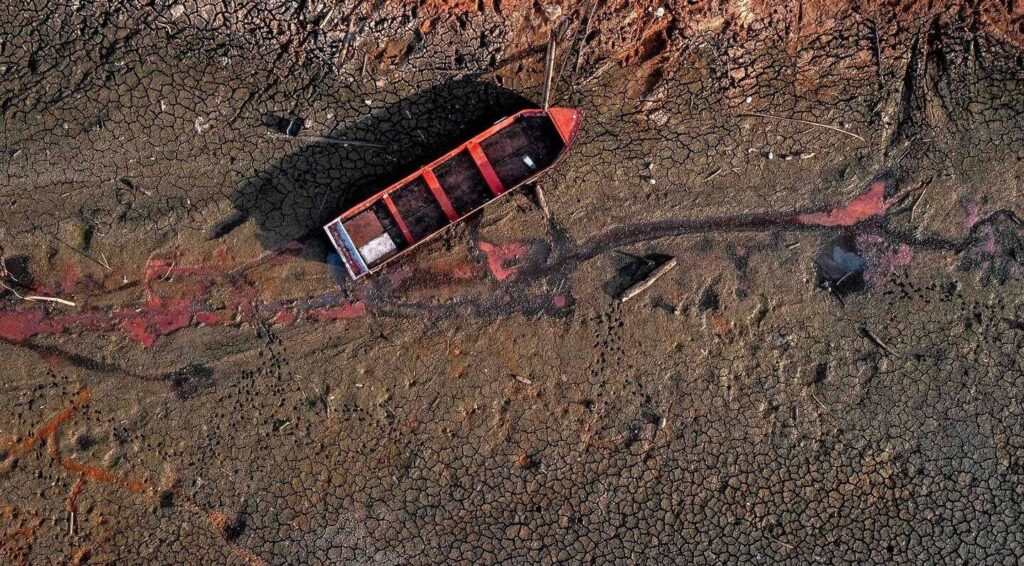Drought Challenges: Why Panama Canal Remains Maritime Industry’s Preferred Route

13 September 2023
Overview: Drought Challenges in Panama Canal
The Panama Canal, a crucial artery in global trade, is facing a significant challenge as drought conditions persist, affecting shipping operations and raising concerns about the sustainability of this vital route. Despite these drought challenges, the maritime industry continues to prefer the Panama Canal over alternative options, highlighting its enduring importance in global trade.
Drought Strikes at the Heart of the Panama Canal
The Panama Canal, connecting the Atlantic and Pacific Oceans, has long been celebrated as one of the most efficient and time-saving routes for international shipping. However, in recent years, a recurring issue has emerged, causing significant disruptions to its operations: drought.
Drought conditions have plagued the region surrounding the Panama Canal, with decreased rainfall and lower water levels in the Gatun Lake, a critical water source for the canal’s operations. This drop in water levels has led to a reduction in the depth of the canal, limiting the size of vessels that can transit through it and requiring strict draft restrictions.
Impact on Shipping Operations
The drought’s impact on shipping operations through the Panama Canal has been profound. Larger vessels, known as “New Panamax” ships, designed to maximize the canal’s expanded capacity, are now facing constraints due to the reduced water levels. As a result, these vessels must carry fewer cargoes, leading to increased operational costs for shipping companies.
Additionally, longer waiting times and increased transit costs have become commonplace, as ships often need to be partially loaded or wait for tide conditions to improve before passing through the canal. These delays not only affect the timeliness of deliveries but also contribute to higher shipping costs, which can ultimately be passed on to consumers.

Alternative Routes and Their Limitations
Given the challenges posed by the drought, some shipping companies have explored alternative routes to bypass the Panama Canal. Two primary options include the Suez Canal and the Cape of Good Hope route around the southern tip of Africa.
The Suez Canal, which connects the Mediterranean Sea to the Red Sea, offers a shorter distance for ships traveling between Europe and Asia. However, the Suez Canal has its own set of challenges, including political instability in the region and the occasional blockage, as witnessed in the Suez Canal crisis of 2021.
The Cape of Good Hope route, while avoiding the canal altogether, is significantly longer and adds considerable voyage time and fuel costs. This option also exposes ships to the unpredictable weather conditions of the southern oceans, which can be treacherous.
The Maritime Industry’s Loyalty to the Panama Canal
Despite the challenges posed by the drought, the maritime industry continues to prefer the Panama Canal for several compelling reasons:
- Time Efficiency: The Panama Canal offers a shorter and more predictable route for many key trade routes, particularly those connecting the east and west coasts of the Americas. Time-sensitive shipments, such as perishable goods and consumer electronics, still find the Panama Canal indispensable.
- Infrastructure Investment: The Panama Canal Authority has been proactive in addressing the drought-related challenges. Significant investments have been made to expand the canal’s capacity and ensure it remains competitive. This includes the construction of additional locks and ongoing dredging projects to maintain depth.
- Trade Agreements: Trade agreements and alliances often favor the use of the Panama Canal as the primary route for goods transportation. These agreements provide incentives for shipping companies to continue using the canal, despite its temporary limitations.
- Economic Viability: While the drought presents short-term challenges, the long-term economic viability of the Panama Canal remains strong. It plays a crucial role in global supply chains, facilitating trade between the Americas and the rest of the world.
- Environmental Considerations: Shipping through the Panama Canal can be more environmentally friendly than longer alternative routes, reducing greenhouse gas emissions associated with longer voyages.
The Way Forward: Sustainability and Adaptation
The Panama Canal Authority recognizes the need for long-term sustainability and has taken steps to address the issue of drought. Plans include further investments in water-saving technologies, improved water management practices, and ongoing infrastructure improvements to adapt to changing conditions.
Sustainability initiatives, such as the expansion of the canal’s locks to accommodate larger vessels, aim to enhance the canal’s competitiveness while minimizing its environmental impact. Additionally, discussions are underway to explore the possibility of constructing additional reservoirs to secure water supply for the canal during prolonged dry periods.
Conclusion
The drought affecting the Panama Canal underscores the importance of this vital waterway in global trade. While shipping operations have faced challenges, the maritime industry continues to prefer the Panama Canal due to its efficiency, infrastructure investments, and economic advantages.
As the Panama Canal Authority works to address the drought-related issues and enhance sustainability, it is clear that this historic route remains integral to global commerce. The canal’s ability to adapt to changing conditions and maintain its relevance in international trade will be critical in the years to come.
Click here to join our Telegram chanel
You will get information, news, and support related to Merchant Navy.
